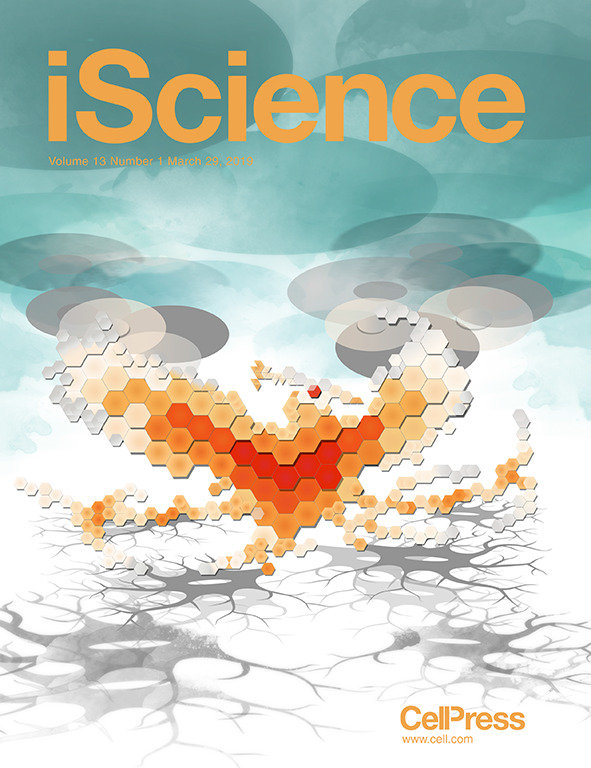We have studied gene expression during early differentiation of mouse embryonic stem cells (mESC) to discover genes important for this process [1]. For this we produced time series following the differentiation of three types of equivalent (but genetically different) mESC into embryoid bodies (EBs) upon removal of Leukemia Inhibitory Factor (LIF), for eleven time points (0 hours, 6 hr, 12 hr, 18 hr, 24 hr, 36 hr, 48 hr, 4 d, 7 d, 9 d, 14 d). Analysis of the expression of transcription factors indicated that the genetic regulatory network remained mostly unchanged before 24 hr. Therefore we set to describe the genes with largest and more consistent expression changes (across cell types and replicates) during that period, finding a distinct functional and phylogenetic signature characterizing these genes.
We studied all murine gene expression data deposited in StemBase to discover genes correlated to the POU homeodomain transcription factor Oct4 (Pou5f1), which is fundamental in the maintenance of pluripotency in embryonic stem cells. Selection of correlated genes with putative binding sites for a Oct4:Sox2 dimer resulted in a list of 392 genes [2]. 26 of these loci were validated by chromatin immunoprecipitation (ChIP) followed by quantitative real-time PCR (QRT-PCR). This list of genes is a resource that will be useful for the experimental study of the regulatory network of embryonic stem cells.
Research on stem cells pointed to key transcriptions factors whose over-expression can be used to reprogram committed cells into induced pluripotent stem cells (iPSCs), which have some of the differentiation abilities of Embryonic Stem Cells (ESCs). In this review [3] we discuss the present state of the generation of iPSCs from human fibroblasts and did a meta-analysis of DNA microarray data of gene expression from several labs following this process. We show that induction of pluripotency is favoured by the induction of MET (mesenchymal epithelial transition). In a posterior study, we studied a time series of DNA microarray data of gene expression following the first three days of reprogramming of human fibroblasts into iPSCs [4]. The main functional effect is an immune response, which is triggered by the viral induction protocol. This may lead to senescence, which is observed at later stages and reduces the efficiency of reprogramming but we did not observe in the time frame analysed here. We show the activation of some pluripotency markers and suppression of genes favoring the epithelial-to-mesenchymal transition.
Activation of pluripotency using integration of active gene copies has many disadvantages and gene activation using small molecules looks as an attractive alternative that can be better controlled. Using HEK293 cells with a luciferase reporter for the Oct3/4 promoter we screened more than 250,000 compounds in HEK293 cells to discover putative activators of these genes. One of the most promising compounds was 2-[4-[(4-methoxyphenyl)methoxy]phenyl]-acetonitrile, which we name Oct4 inducing compound 1 (O4I1) [5]. This compound and several derivatives were tested to show that they increase the expression of Oct3/4 in diverse human cell lines including fibroblasts. A similarly efficient compound found was Ethyl 2-((4-chlorophenyl)amino)thiazole-4-carboxylate (O4I2) [6]. The latter is a 2-aminothiazole based compound; these compounds have been generally described as unspecific activators in biological assays (PAINS), however while O4I2 activated Oct3/4 in various human cell lines, certain derivatives keeping the 2-aminothiazole had no such activity while others had enhanced activity, suggesting that O4I2 could be as well a pluripotency inducer. Cell metabolite analyses indicated that O4I2-ester derivatives are hydrolyzed. This led to the design of O4I2 derivatives more metabolically stable including the new O4I4 [7]. This compound had reprogramming capacity (in combination with episomal expression of SOX2, KLF4, L-MYC and LIN28), and extended lifespans of Caenorhabditis elegans and Drosophila melanogaster specimens.
One further compound derived from the above screen (O4I3) is a H3K4-specific lysine demethylase (KDM5A) inhibitor, an imidazopyridine analog of zolpidem [8]. The compound suppresses KDM5A activity, which results in the enrichment of H3K4Me3 at the promoter of OCT4 in fibroblasts. This effect facilitates the induction of OCT4 and SOX2 expression in fibroblasts and their subsequent reprogramming into iPSCs.
References
[1] Hailesellasse Sene, K., C.J. Porter, G. Palidwor, C. Perez-Iratxeta, E.M. Muro, P.A. Campbell, M.A. Rudnicki, M.A. Andrade-Navarro. 2007. Gene function in early mouse embryonic stem cell differentiation. BMC Genomics. 8, 85.
[2] Campbell, P.A., C. Perez-Iratxeta, M.A. Andrade-Navarro, and M.A. Rudnicki. 2007. Oct4 targets regulatory nodes to modulate stem cell function. PLoS ONE. 2, e553.
[3] Wang, Y., N. Mah, A. Prigione, K. Wolfrum, M.A. Andrade-Navarro and J. Adjaye. 2010. A transcriptional roadmap to the induction of pluripotency in somatic cells. Stem Cell Reviews and Reports. 6, 282-296.
[4] Mah, N., Y. Wang, M.C. Liao, A. Prigione, J. Jozefczuk, B. Lichtner, K. Wolfrum, M. Haltmeier, M. Flöttmann, M. Schaefer, A. Hahn, R. Mrowka, E. Klipp, M.A. Andrade-Navarro and J. Adjaye. 2011. Molecular insights into reprogramming-initiation events mediated by the OSKM gene regulatory network. PLoS One. 6, e24531.
[6] Cheng, X., H. Yoshida, D. Raoofi, S. Saleh, H. Alborzinia, F. Wenke, A. Göhring, S. Reuter, N. Mah, H. Fuchs, M.A. Andrade-Navarro, J. Adjaye, S. Gul, J. Utikal, R. Mrowka and S. Wölfl. 2015. Ethyl 2-((4-chlorophenyl)amino)thiazole-4-carboxylate and derivatives are potent inducers of Oct3/4. J. Med. Chem. 58, 5472-5750.
[7] Kang, H., K. Taškova, N. Wang, L.N. van Oosten, R. Mrowka, J. Utikal, M.A. Andrade-Navarro, J. Wang, S. Wölfl, J. Zhou and X. Cheng. 2023. Development of a next-generation endogenous OCT4 inducer and its anti-aging effect in vivo. Eur. J. Med. Chem. 257, 115513.


